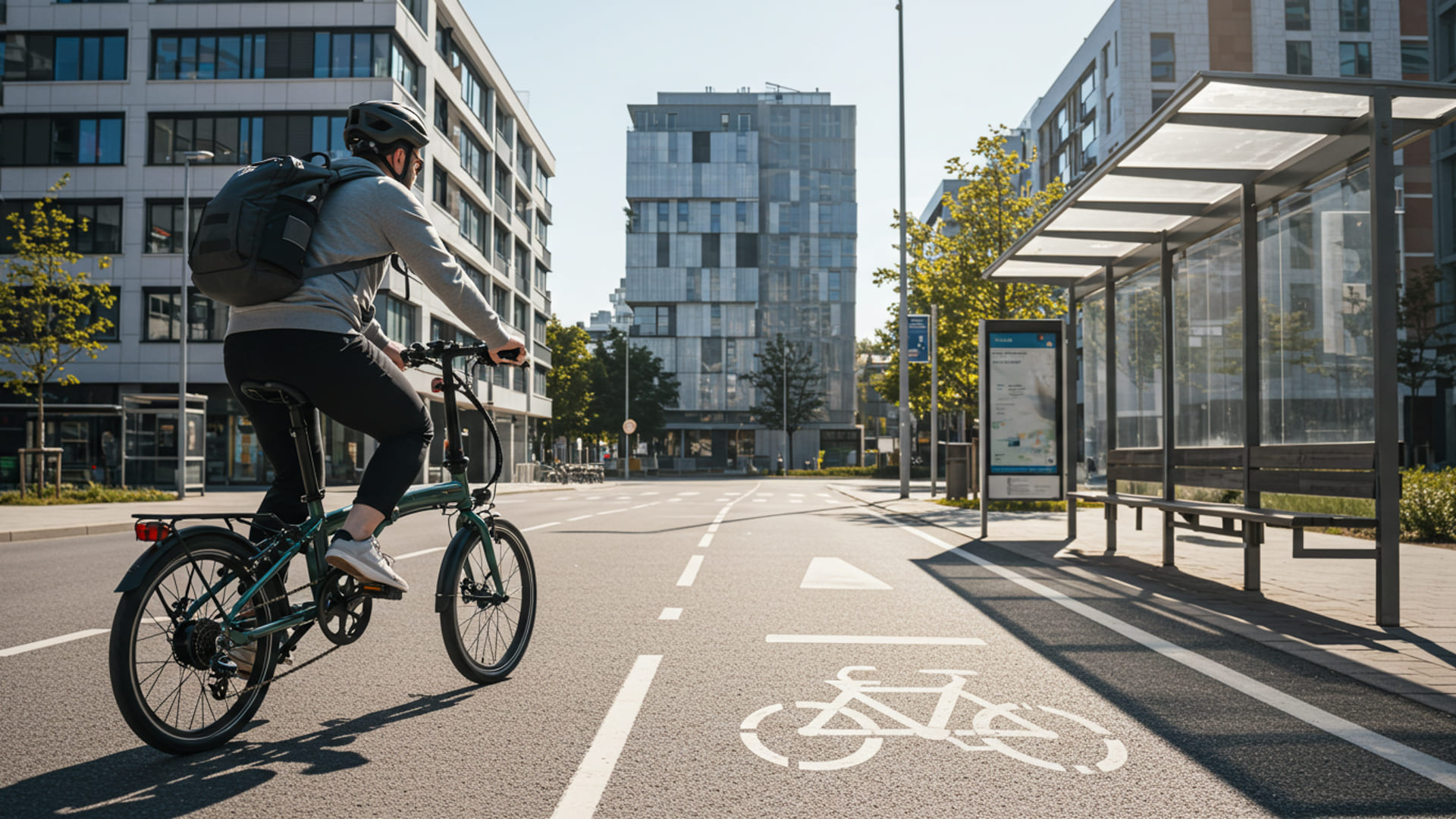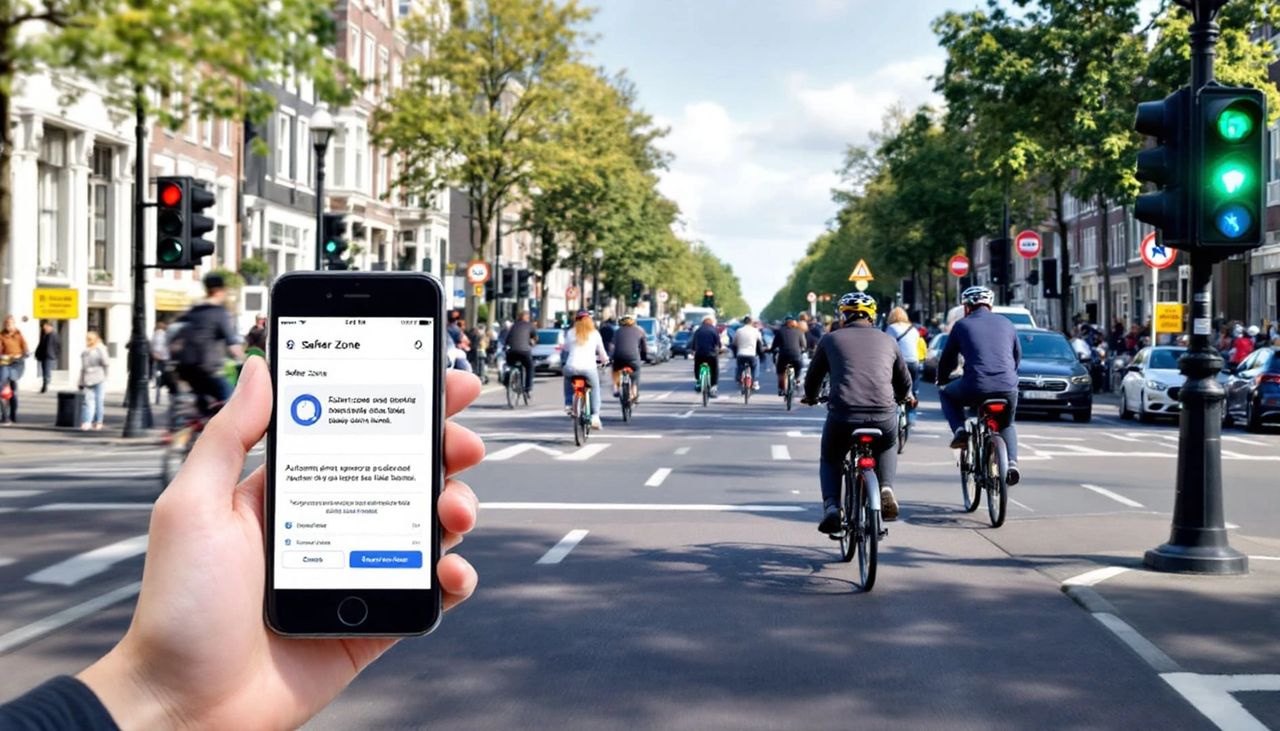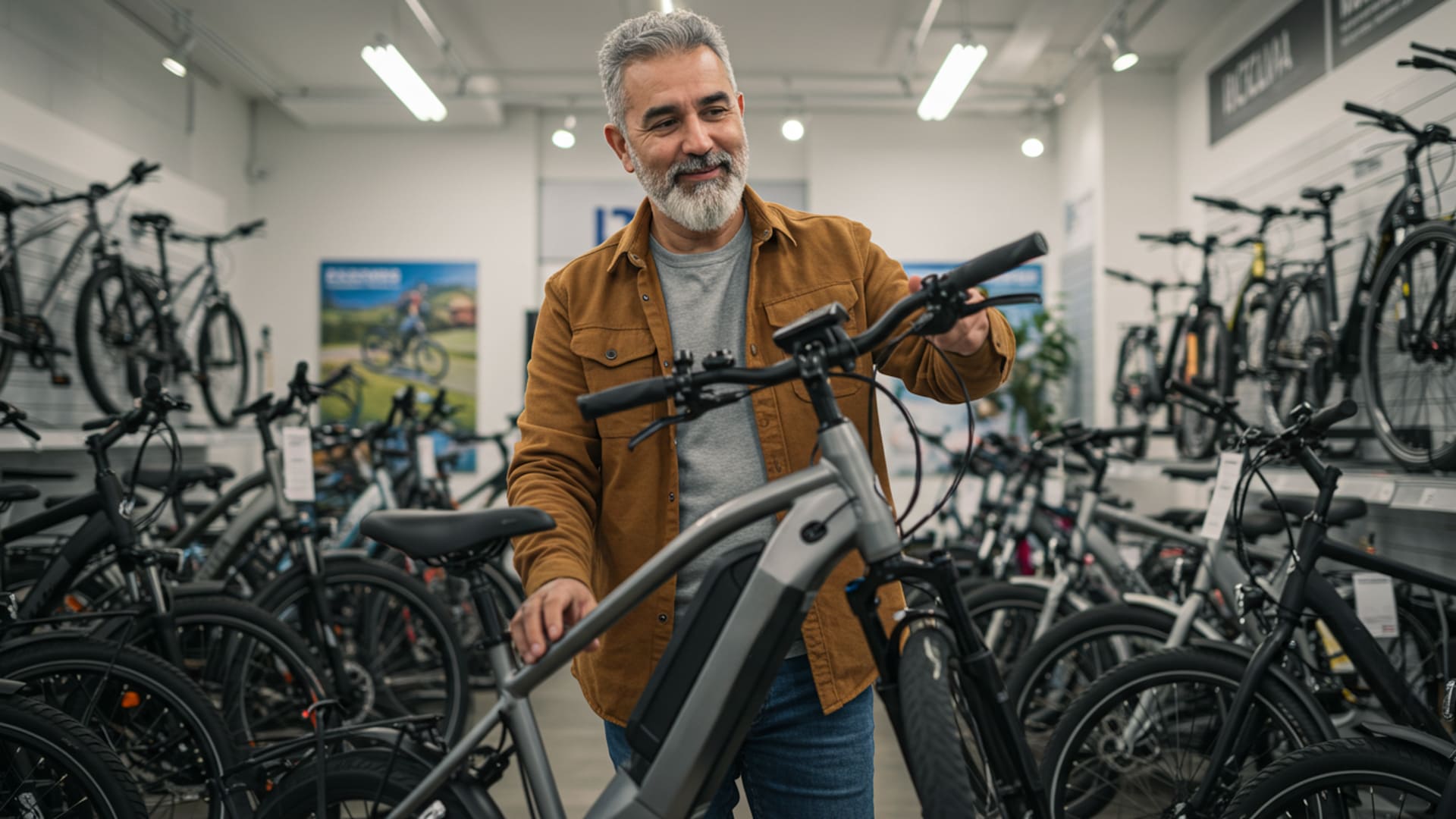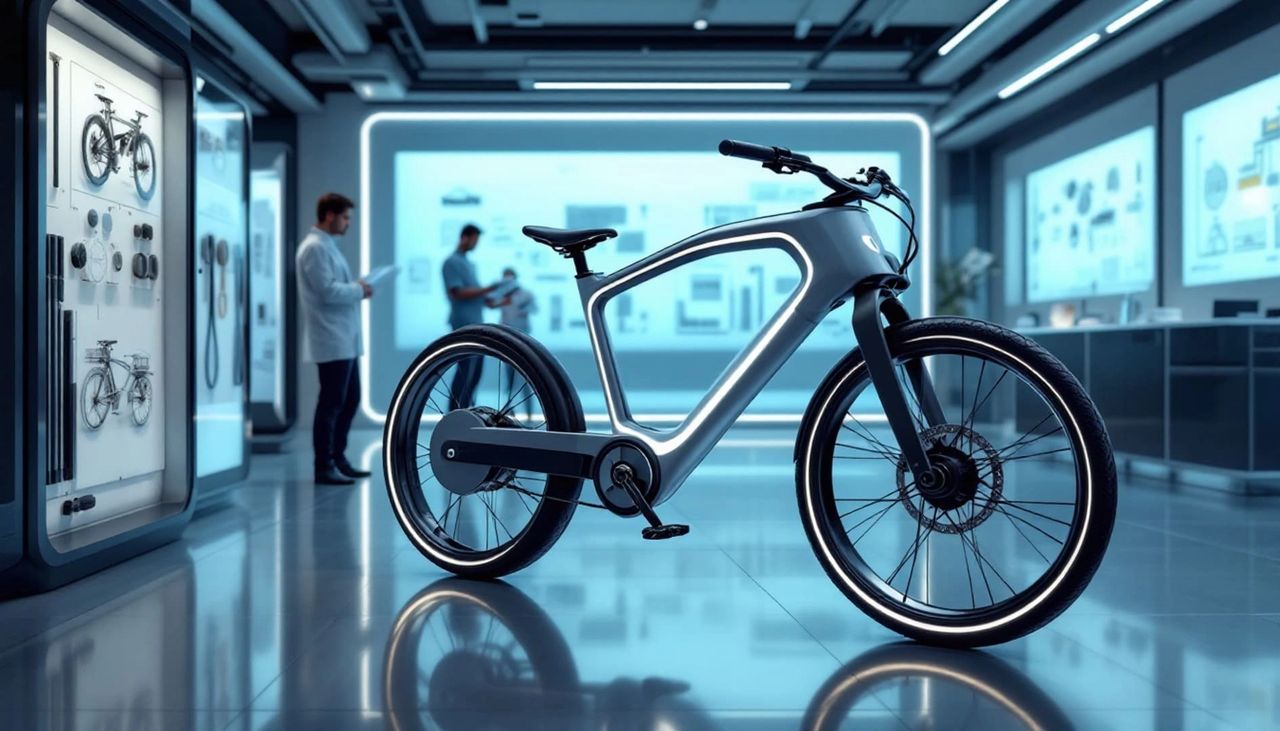In today’s rapidly evolving cities, getting from point A to point B isn’t always as seamless as it should be. Urban congestion, long commutes, and limited parking continue to challenge traditional transportation systems. But as more cities adopt integrated mobility strategies, the combination of e-bikes and public transportation is emerging as a powerful solution. When used together, these two modes of travel offer flexibility, efficiency, and a lower environmental impact.
E-bikes have proven especially effective in solving the “first and last mile” problem—the distance between a rider’s home and the nearest bus, train, or subway stop. This gap, often too short to justify driving but too far to comfortably walk, has long been a barrier to broader public transit adoption. By adding an e-bike into the mix, commuters can extend their reach without relying on cars, ride-shares, or inefficient transfers.
What makes e-bikes ideal for this purpose is their versatility. They provide the speed and convenience of a car for short distances, without the drawbacks of traffic and parking. Pedal-assist technology allows riders to maintain a steady pace with minimal effort, even when carrying a bag or riding uphill. For busy professionals, students, or anyone on a schedule, that reliability is crucial.
Transit agencies are starting to recognize this opportunity. Cities like Portland, Oregon and Washington D.C. have already made investments in e-bike-friendly policies and infrastructure, such as secure bike parking at transit hubs and dedicated lanes that connect to key routes. Some regional systems allow passengers to bring foldable e-bikes directly onto trains and buses—helping make multi-modal travel more practical. Compact models like the Brompton Electric are designed specifically with this in mind, offering easy storage on crowded vehicles and in small apartments.
Bike-sharing services are also helping to bridge the gap. Companies like Bird and Spin have expanded their fleets to include electric bicycles, allowing commuters to hop on for a quick ride to or from transit stops. These services have become a crucial part of the mobility ecosystem in cities that are moving away from car-centric planning. While they don’t replace ownership, they provide flexible options for those who may not ride every day.
The benefits go beyond individual convenience. Reducing reliance on cars for short trips alleviates road congestion, lowers emissions, and improves overall air quality. Combined trips involving public transport and e-bikes also reduce strain on bus routes and parking infrastructure, while encouraging healthier and more active lifestyles. Urban planners have noted that cities which support e-bike infrastructure—such as Milan, Paris, and Minneapolis—are seeing tangible improvements in mobility and quality of life.
Battery life and charging access have long been perceived as limitations of e-bikes, but improvements in range and power efficiency are minimizing these concerns. Many commuter models now offer 40 to 60 miles of range on a single charge, which is more than sufficient for the average urban trip. Riders using bikes like the Aventon Sinch 2, a foldable e-bike with integrated lighting and rear cargo options, can easily complete round-trip commutes and still have power to spare.
Ultimately, the integration of e-bikes with public transportation is more than a convenience—it’s a step toward smarter, cleaner, and more inclusive urban mobility. Whether it’s solving the last-mile challenge, offering resilience during service interruptions, or giving more people access to reliable transportation, this combination is reshaping how cities move.
As more municipalities invest in safe bike lanes, secure storage, and policies that support multimodal commuting, e-bikes will continue to solidify their role as the perfect partner for public transit—not just a trend, but a fundamental part of the future of urban living.








Leave a Reply